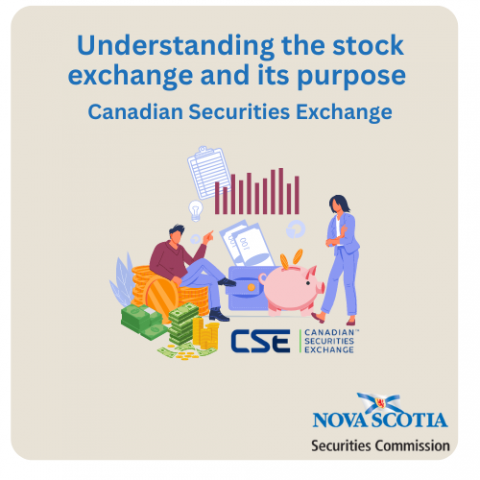Submitted by nsscadmin on

Our blog series on the stock market continues this week with a look at the Canadian Securities Exchange (CSE). The CSE was founded in 2001 when it was known as the Canadian Trading and Quotation System Inc. (CNQ). In 2008, the CNQ re-branded as the Canadian National Stock Exchange (CNSX), to reflect its stock exchange status. Following a brand consolidation in 2014, the exchange changed its name to its current name. The CSE has been dubbed an “alternative stock exchange,” and the “exchange for entrepreneurs” during its short history.
CSE listed their first issuers in 2003 and the following year became the first exchange in Canada to be recognized by the Ontario Securities Commission in 70 years. The CSE is an exchange for smaller emerging companies that are not large enough to be listed on the TSX and the TSX Venture. The requirements to list on the CSE include:
- The company must be a reporting issuer in good standing in any Canadian jurisdiction.
- Issuers must meet the minimum standards for listing as outlined in CSE Policy 2 – Qualifications for Listing.
- Listed companies are bound by the Listing Agreement to follow the policies and rules of the CSE
A few notable milestones and statistics during the CSE’s history include:
- 2009 - becoming a designated exchange and its issuers becoming eligible to be held in TFSAs and RRSPs
- 2008 - a large influx of issuers from the cannabis sector listing on the CSE
- 2022 - surpassing the 800-issuer mark
- As of April, 2024 the CSE has 805 listed companies with a market capitalization of $378 million.
In our next part in this series, we’ll look at a different type of exchange, the Montreal Exchange
